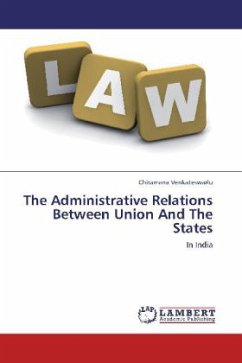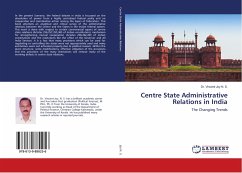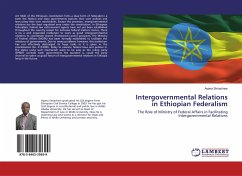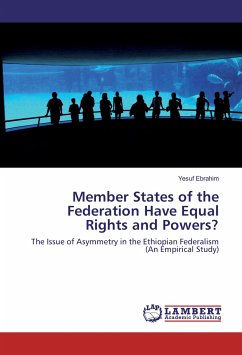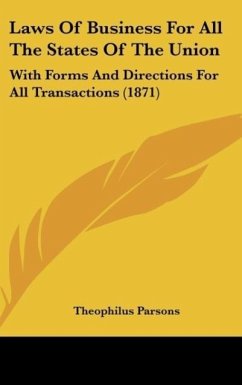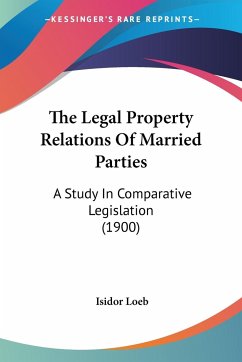The relation between Union and States is the very bedrock of the Indian Federal system. India is a federal State with a national government and a government of each constituent state. Although the structure of India is federal in a general way, yet there are certain aspects that are unique to federalism as practiced in India. The distribution of the executive powers is much more complicated than the distribution of the legislative powers. Article 162 vests the executive powers on the Union and the States largely on the lines of the Legislative Powers. The executive powers related to laws included in the concurrent list ordinarily remain within the state's power. However, the Union has the right to take up the administration of the Union Laws relative to any concurrent subject, as and when it thinks fit. The division of the powers of the Union and the State can be traced to the distribution of the powers as stated by the three lists laid down by the Indian Constitution. Thus, thisstudy explained in detailed the administrative relations between Union and States in India.
Bitte wählen Sie Ihr Anliegen aus.
Rechnungen
Retourenschein anfordern
Bestellstatus
Storno

